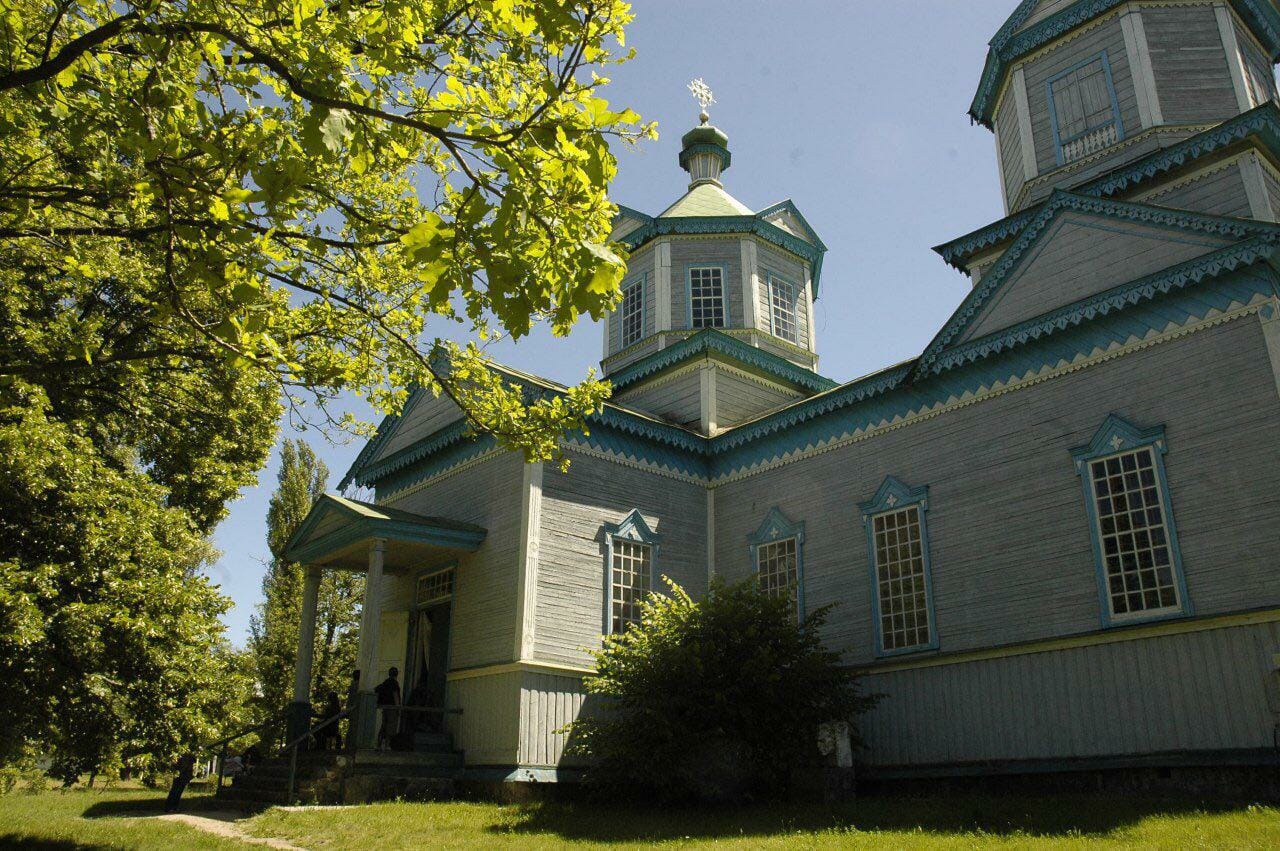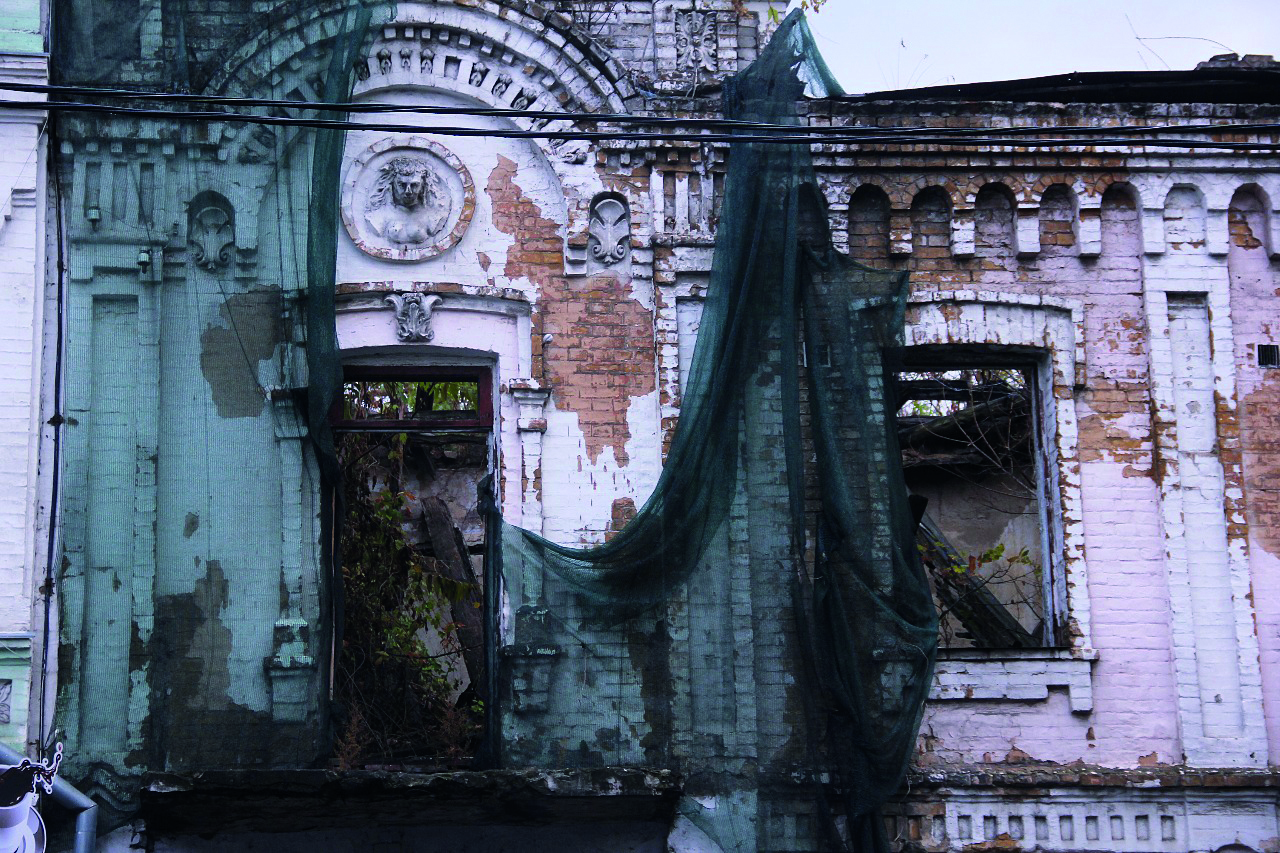Temple of Faith and Science

 Spacecraft components replace candleholders. Spacesuits serve as vestments. Space-related books are contemporary holy scripture. Astronauts’ portraits substitute for icons. It is not a figment of my imagination – I have discovered the extraordinary Space Exploration Museum set in an old Ukrainian church not far from Kyiv.
Spacecraft components replace candleholders. Spacesuits serve as vestments. Space-related books are contemporary holy scripture. Astronauts’ portraits substitute for icons. It is not a figment of my imagination – I have discovered the extraordinary Space Exploration Museum set in an old Ukrainian church not far from Kyiv.
Even more striking, this venue is part of the open-air History and Ethnography Reserve in Pereiaslav-Khmelnytsky. Located within an hour and a half drive of capital, this ancient town accommodates nearly 30 000 residents and over 20 museums.
 A Real Drama
A Real Drama
I enter the charming wooden blue-coloured structure of Saint Paraskeva built somewhere else in 1891 and reassembled here in 1973. Six years later, it became host to the Space Museum I’m about lay eyes on. This may sound logical since the Soviet Union encouraged a disrespect for religion while sanctifying science, however this ‘temple of worship’ is like nothing I have seen before.
Ukraine’s first Foucault pendulum hangs from a high ceiling occupying a central place in the exposition. It is encircled by models of the lander to Venus, unmanned lunar rover, automatic ionospheric laboratory, artificial Earth satellite, and meteorological rocket.
 The Museum also boasts Yuriy Gagarin’s training parachute and a liquid cooling garment worn by Pavlo Popovych – the first Soviet cosmonaut of Ukrainian origin, who was aboard the Soyuz 14 in 1974. Popovych is also said to be the first to sing in space, performing the Ukrainian song, Watching the Sky.
The Museum also boasts Yuriy Gagarin’s training parachute and a liquid cooling garment worn by Pavlo Popovych – the first Soviet cosmonaut of Ukrainian origin, who was aboard the Soyuz 14 in 1974. Popovych is also said to be the first to sing in space, performing the Ukrainian song, Watching the Sky.
A real drama lies behind the emergency spacesuit used by Vyacheslav Zudov aboard the Soyuz 23, as told by museum director Serhiy Vovkodav. In 1976, the spacecraft failed to approach its orbital station. On their forced return, the crew got trapped in the saline Tengiz Lake in Kazakhstan. Rescuers barely managed to save the cosmonauts who were suffering from a lack of oxygen, and the spacesuit still has the corrosion stains caused by the salt to prove it.
The space food in tubes are notable, and include soups, sweet cottage cheese, meat paste, and fish dishes.
Before I leave the place, I see a man crossing himself in front of the church, and I wonder whether space travel and religion go hand-in-hand. According to Vovkodav, while attending the Museum in 2011, independent Ukraine’s first astronaut Leonid Kadenyuk said, “When you see the earth from space, you understand the universe could not arise from noting – there must be some supreme intelligence behind its creation.”
Space Exploration Museum
History and Ethnography Reserve (Pereiaslav-Khmelnytsky)
FB spaceniez











